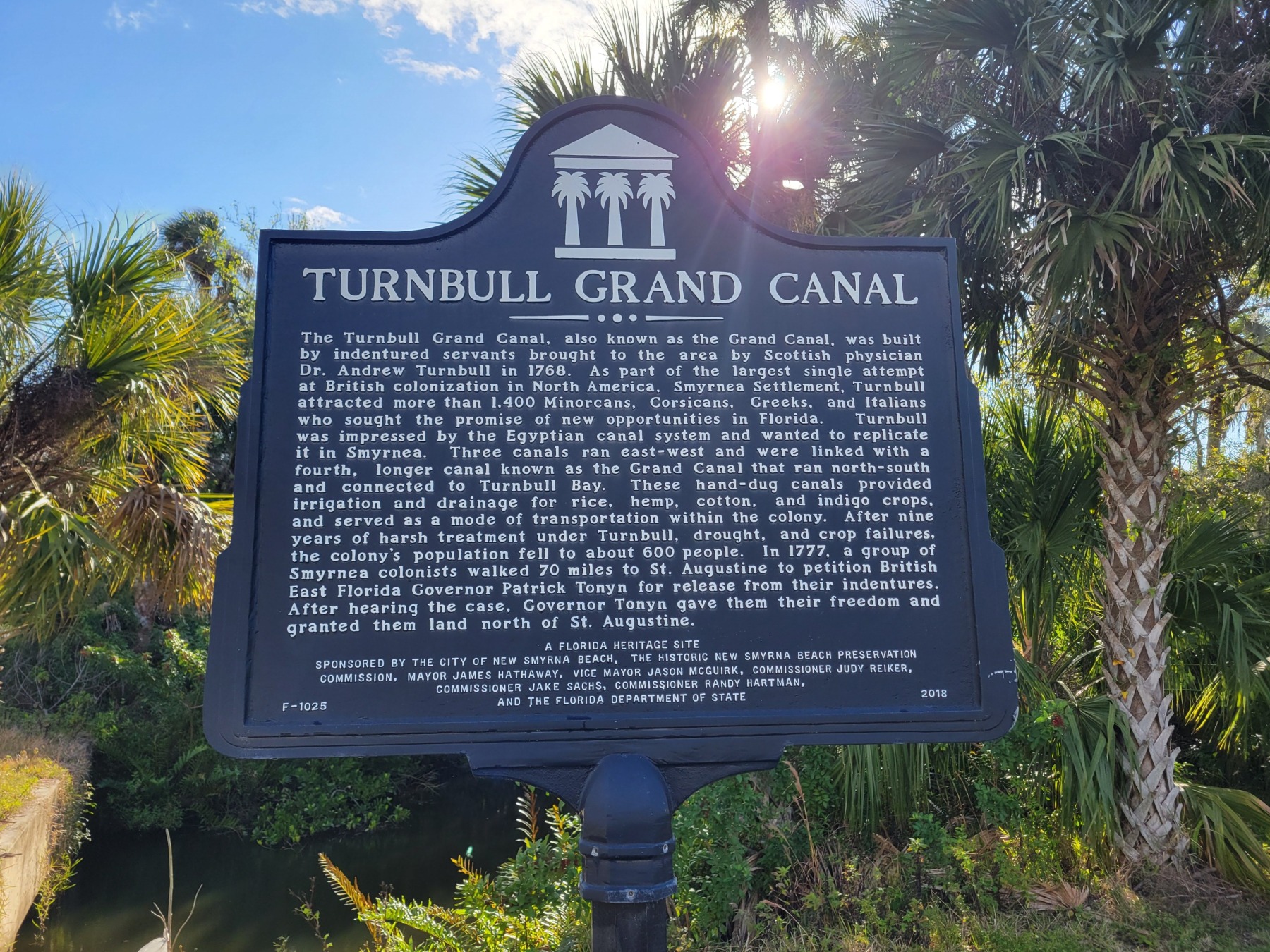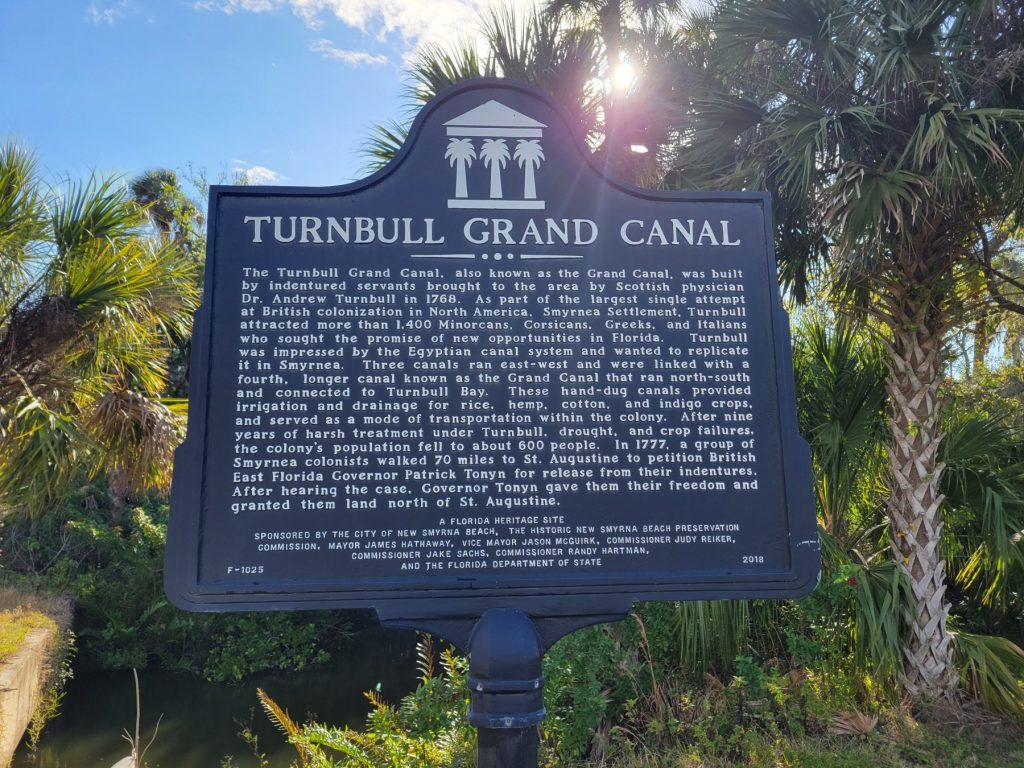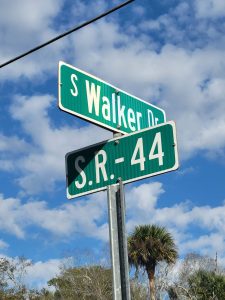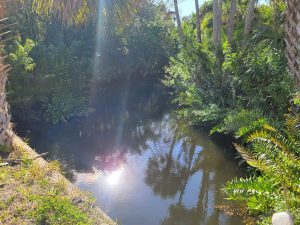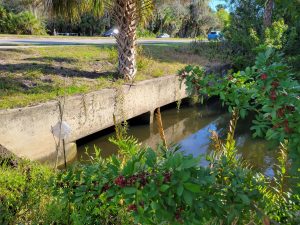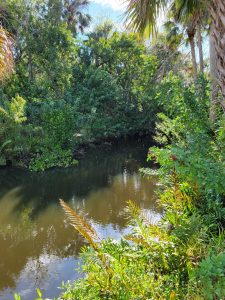The Best Events and Festivals in Florida February 2025
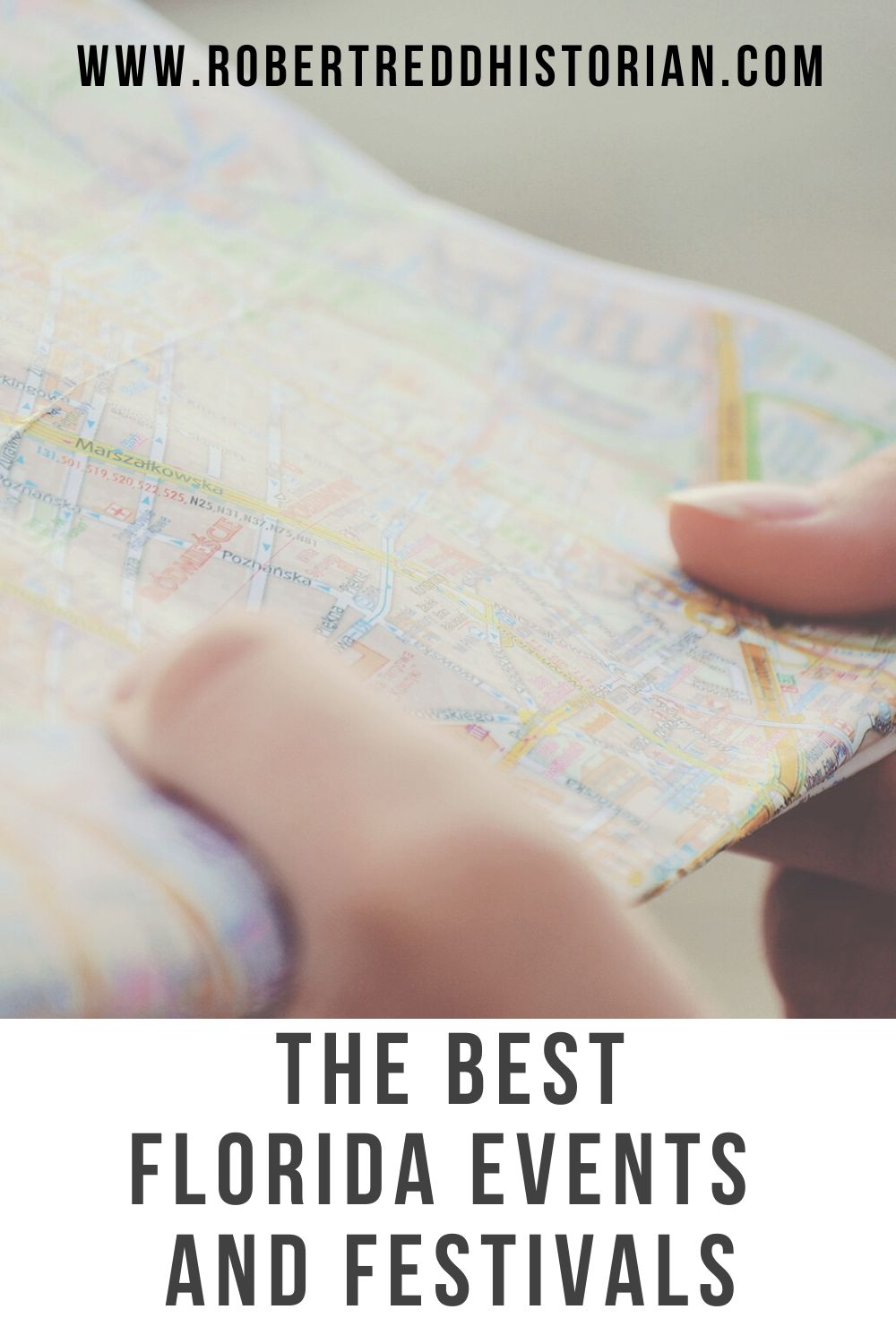
Are you searching for the best events and festivals in Florida in February 2025? Thanks for visiting. Please use the links below to find fun events for all ages.
Florida hosts some amazing events and festivals. Each month I hope to take a look at a dozen or so of these in hopes of bringing you fun, exciting, and unexpected ways to enjoy our state.
If you have an event or know of one coming up that you feel should be highlighted, please drop me a line with as much information as you can, including a website. I’ll be glad to include your suggestions in future posts. Maybe we can work together and put together a promotional post for your event.
I have listed events in date order.
This post may contain affiliate links. If you click these links and make a purchase, I may receive a small commission. This commission does not affect any price that you pay. Affiliate programs or sponsors providing products do not influence my views and opinions.
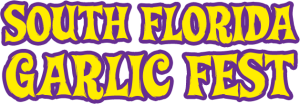 February 1 and 2 South Florida Garlic Fest Wellington
February 1 and 2 South Florida Garlic Fest Wellington
Eat, drink & STINK with us at Village of Wellington Amphitheater! It all started out as a small festival in a city parking lot in Downtown Delray Beach just as this Village by the Sea was becoming the vibrant tourist destination it is today. Within five years the event gained attendance of 20,000+ and was booking major national music acts! Around that time, The Garlic Fest was nicknamed “The Best Stinkin’ Party in South Florida”.
Garlic Fest is a community celebration of food, music, and art.
NOW FOR ALL THE THINGS YOU CAN’T DO!!!! User friendly evet this is not.
No Pets • No Coolers • No Outside Food or Beverages • No Refunds • All Bags are Subject to Search • No Knives, Guns or Weapons. All sales are final. No refunds will be issued. Event is rain or shine. All sales are final and are valid for day of selected purchase.
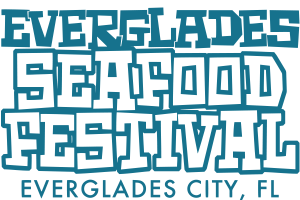 February 7 through 9 Everglades Seafood Festival Everglades City
February 7 through 9 Everglades Seafood Festival Everglades City
Celebrate with us as we mark our 55th year! Enjoy three days of live country music, carnival rides, arts, crafts, and tantalizing seafood, right here in the Stone Crab Capital of the World.
Friday admission with a canned food donation. Saturday and Sunday are a $10 minimum per person donation for admission. Rides and food are available for purchase. Cash only so be prepared.
NO PETS, LAWN CHAIRS, OR COOLERS!!!!
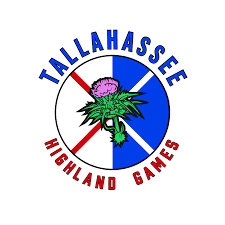 February 8 and 9 Tallahassee Highland Games
February 8 and 9 Tallahassee Highland Games
Watch some of the United States strongest athletes compete in sporting events dating back to the 11th century, when King Malcolm III summoned his countrymen to compete in a foot race that would determine who would become his royal messenger.
Bring your folding chair but don’t bring pets, outside food, outside drinks, or anything illegal.
Admission is $20 per day. There does not appear to be a multi-day discount. Several VIP options are available. Whiskey tasting experiences are available at $65 per person. Get your tickets online.
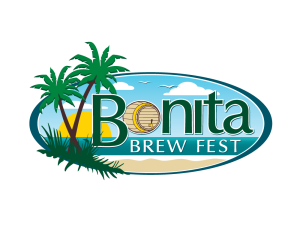 February 15 Bonita Brew Fest
February 15 Bonita Brew Fest
The 9th Annual Bonita Brew Fest, held at Riverside Park, offers the perfect environment to explore new styles and find your next favorite brew. There will be a variety of craft beers, hard ciders and mead available to tempt your palate. Plus, we will have a variety of Food Trucks onsite with their cuisine available for purchase. Enjoy live music! Bonita Brew Fest is hosted by the Southwest Florida Brew Crafters with proceeds to benefit the Bonita Springs Historical Society.
Only 1800 General Admission Tickets and 150 VIP Tickets will be sold. Tickets are available online and cost $18-$85. No refunds, this is a rain or shine event.
No children, toddlers in strollers, pets – no one under 21 will be admitted
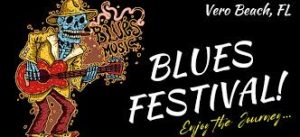 February 15 Vero Beach Blues Festival
February 15 Vero Beach Blues Festival
A unique 2 day music festival experience combining the love of Blues & Blues Rock music talent on stage along with delicious foods, beer & full liquor bars and an amazing weekend to remember with friends and family. 10 bands on the blues stage with professional sound and lighting.
More Incredible Food, Adult Beverages and Outstanding Live Music Than Should Be Allowed on the Treasure & Space Coast!
Plus 100 Marketplace Vendors in the Middle of the Event! Stroll through the isle-ways of arts & crafts and local business vendors with a cold beer or cocktail! Expect the unexpected in the Vendor Marketplace!
Open Day and Night at the festival.
Get your tickets online. Be sure to see the festival dos and don’ts.
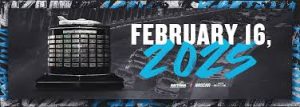 February 16 Daytona 500
February 16 Daytona 500
The Daytona 500 is the iconic 500-mile NASCAR Cup Series season-opener held annually at Daytona International Speedway in Daytona Beach, Florida. Considered the most prestigious and important race in NASCAR, the Daytona has opened the NASCAR season every February since 1982. It is one of two Cup Series races held yearly at Daytona, with the second – a 400-mile event – as the last race of the 2025 regular-season.
Tickets for this event will be hard to come by. Try Ticket Network for guaranteed authentic resale tickets at the best price. See their FAQ Page for details. See also their Policies page for information on refunds, cancelled events, etc.
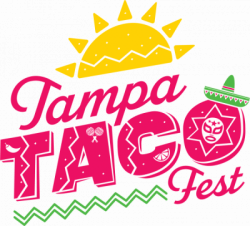 February 22 Tampa Taco Fest
February 22 Tampa Taco Fest
Enjoy Tampa’s best tacos from 30+ local food vendors, refreshing margaritas and live entertainment at Tampa Taco Fest on Saturday, February 22, 2025 at Al Lopez Park.
Tacos, margarita bar, live bands, and more. It’s a great day for the whole family, including your family dog. THIS IS A DOG FRIENDLY EVENT!
VIP early bird admission prices start at $40 per person.
General admission prices start at $7 per person if purchased ahead of time. $12 at the gate.
No outside food or drinks allowed. Vendors may or may not accept cards so bringing cash is advisable. This event will be held rain or shine.
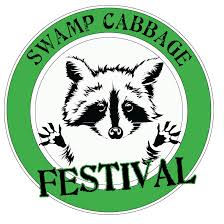 February 22 and 23 Swamp Cabbage Festival LaBelle
February 22 and 23 Swamp Cabbage Festival LaBelle
Join us the last full weekend of February, in Barron Park, Downtown LaBelle to enjoy a day of Live Entertainment, Food, and FUN!!!
There is very little information on their website.
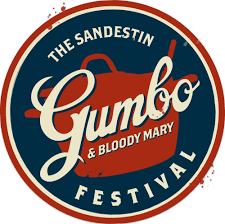 February 21 and 22 Sandestin Gumbo and Bloody Mary Festival
February 21 and 22 Sandestin Gumbo and Bloody Mary Festival
Gumbo or Bloody Marys? Live Music or Kids Activities? Whatever your preference, the Sandestin Gumbo Festival has it all! One of the most beloved winter food events on the Emerald Coast, this lively two-day festival in The Village of Baytowne Wharf will leave you full, happy, and wanting more! Enjoy live music, family-friendly fun, and the greatest gumbo cook-off on the Gulf Coast.
Check the website for ticket information.
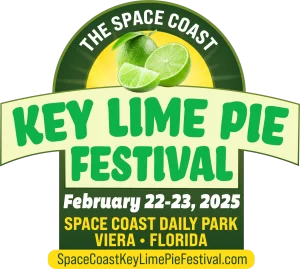 February 22 and 23 Space Coast Key Lime Pie Festival Viera
February 22 and 23 Space Coast Key Lime Pie Festival Viera
The Space Coast Key Lime Pie Festival is a weekend, outdoor, family festival, designed to create an environment for people to enjoy affordable, healthy and wholesome fun. In Florida, we like to celebrate the things that make the Sunshine State unique. Citrus, eccentrics, people & pie. Our outdoor celebrations are fun & unforgettable. Our people are too. Come on down to Florida – the birthplace of Key Lime Pie for a little taste and you’ll see what we mean.
The Space Coast Key Lime Pie Festival is expected to host over 150 exhibitors, representing all types of art and craft media.
Buy your tickets at the gate. Cash only, ATM on site. Includes all day access from open to close. Need to leave the park? No problem, simply show your hand stamp issued at the entrance gate for re-entry.
Adults:
$7 per person, per day on Saturday and Sunday. 10 am until 6 pm
Children under the age of 2 receive FREE admission.
Parking $5 per vehicle.
Fair rides tickets available inside the fair.

This post may contain affiliate links. If you click these links and make a purchase, I may receive a small commission. This commission does not affect any price that you pay. Affiliate programs or sponsors providing products do not influence my views and opinions.

;


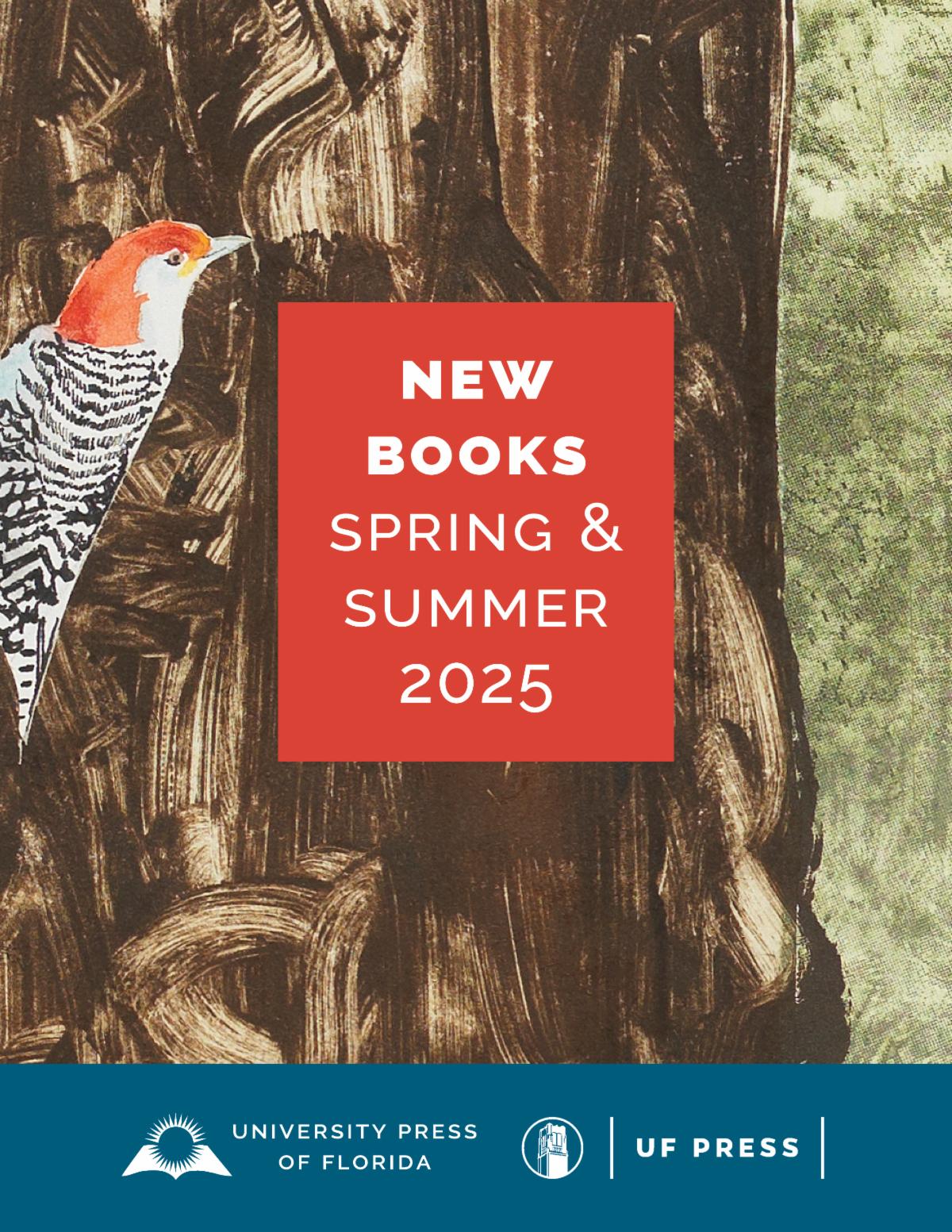
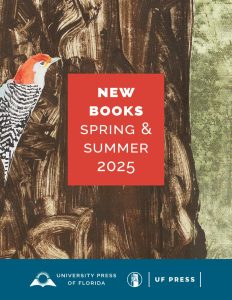
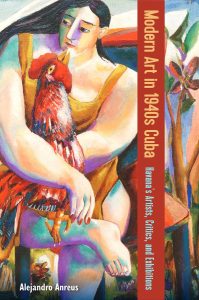
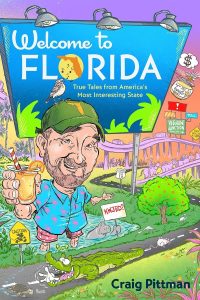
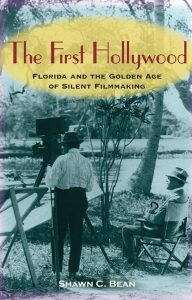
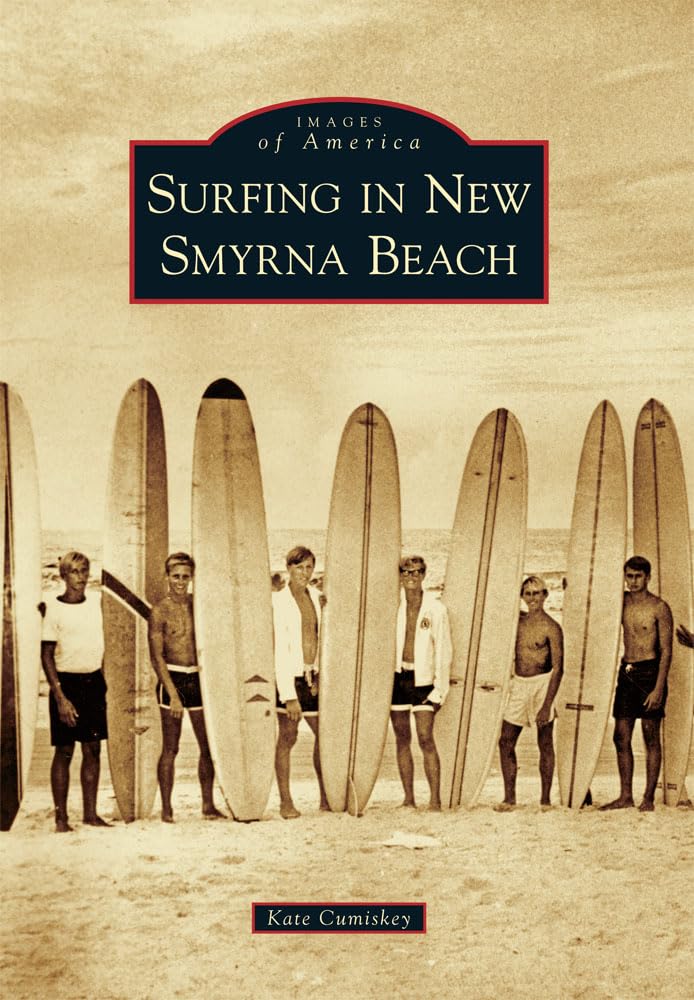
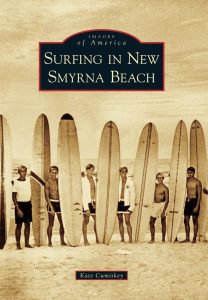
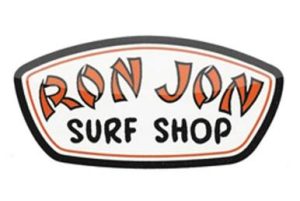

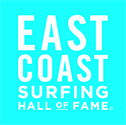
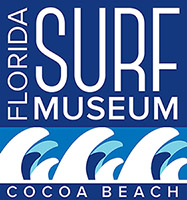
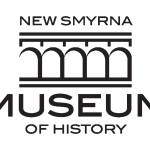
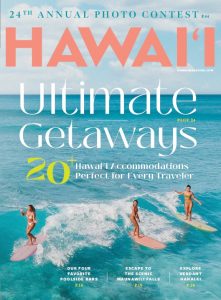
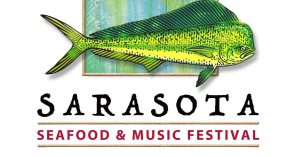


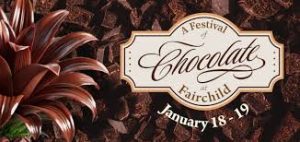
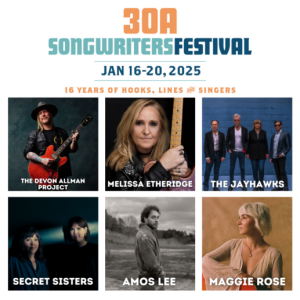

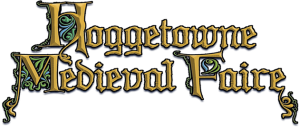
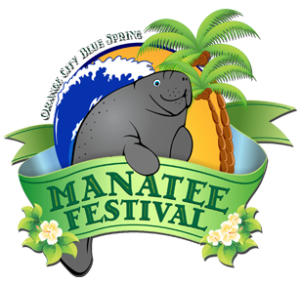
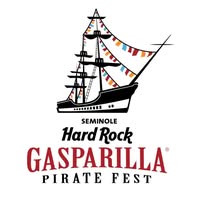
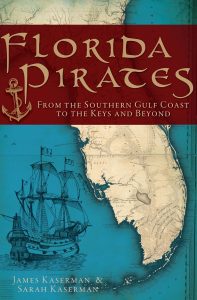
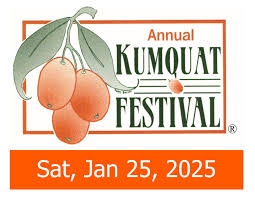
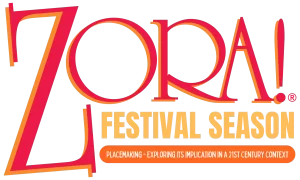
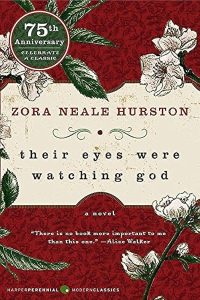
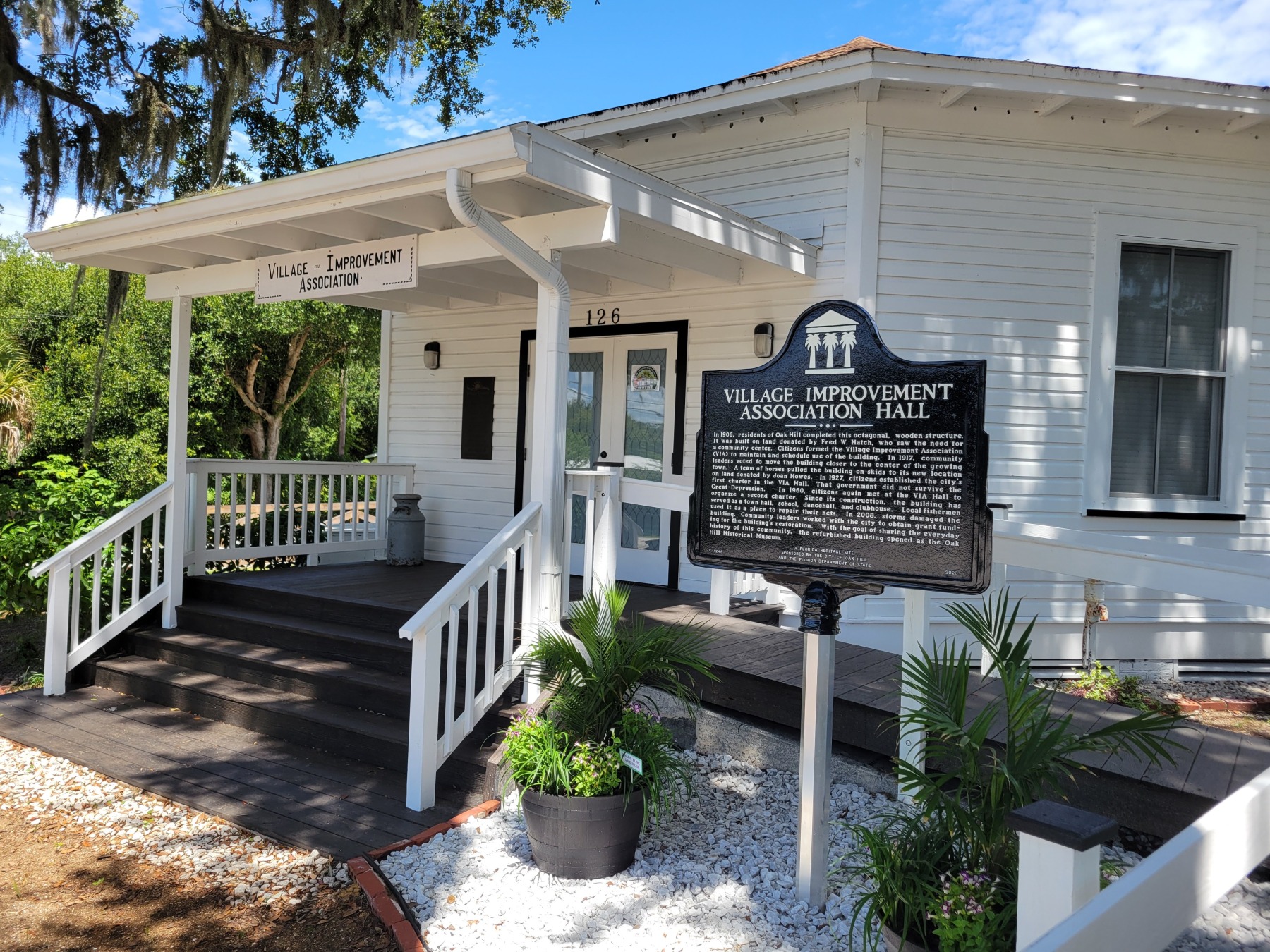
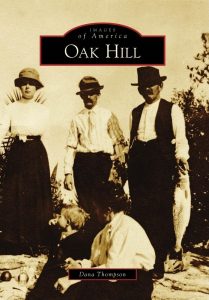
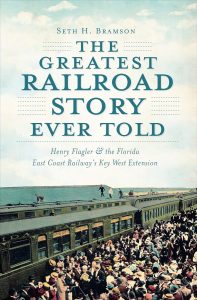
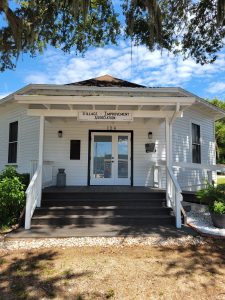 Prior to the first incorporation in 1927, in 1906, local residents F. W. Hatch, H. J. Magruder, and Leonard Mosby formed the Oak Hill Village Improvement Association with goals of organizing community events and resolving any local problems. The Association purchased a lot located at what is now 146 U.S. Highway 1. Here, they constructed a Town Hall building as a meeting space. The building was constructed in a single story octagonal design. The reason this design was created and the name of the architect are lost to time according to the NRHP nomination form.
Prior to the first incorporation in 1927, in 1906, local residents F. W. Hatch, H. J. Magruder, and Leonard Mosby formed the Oak Hill Village Improvement Association with goals of organizing community events and resolving any local problems. The Association purchased a lot located at what is now 146 U.S. Highway 1. Here, they constructed a Town Hall building as a meeting space. The building was constructed in a single story octagonal design. The reason this design was created and the name of the architect are lost to time according to the NRHP nomination form.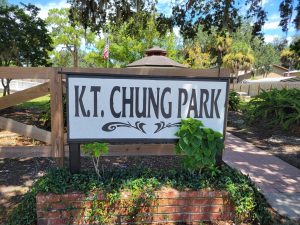 A park, adjacent to the Hall was dedicated in Dr. Chung’s honor on May 21, 1995. Approximately 100 persons turned out for the ceremony which featured a chorus from Burns-Oak Hill Elementary School and a solo from singer Pat Plummer. A reception in Dr. Chung’s honor was held in the Hall after the park dedication.
A park, adjacent to the Hall was dedicated in Dr. Chung’s honor on May 21, 1995. Approximately 100 persons turned out for the ceremony which featured a chorus from Burns-Oak Hill Elementary School and a solo from singer Pat Plummer. A reception in Dr. Chung’s honor was held in the Hall after the park dedication.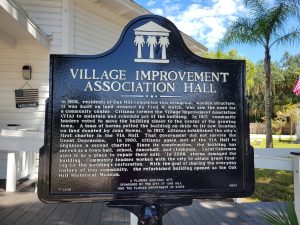 Village Improvement Association Hall
Village Improvement Association Hall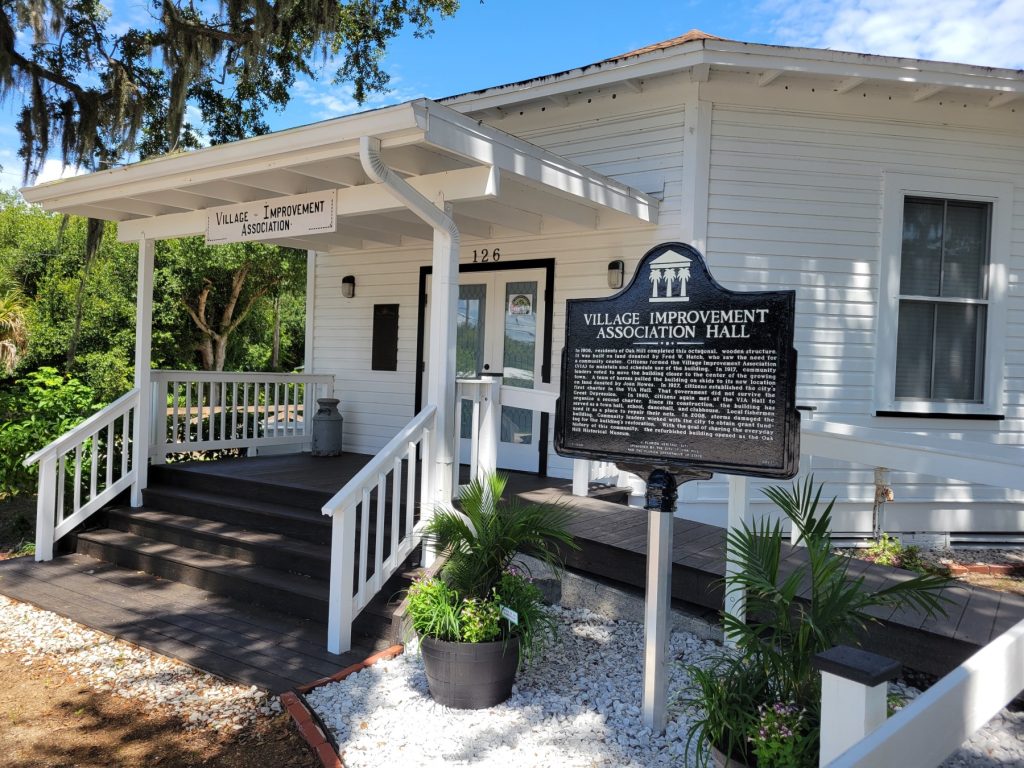

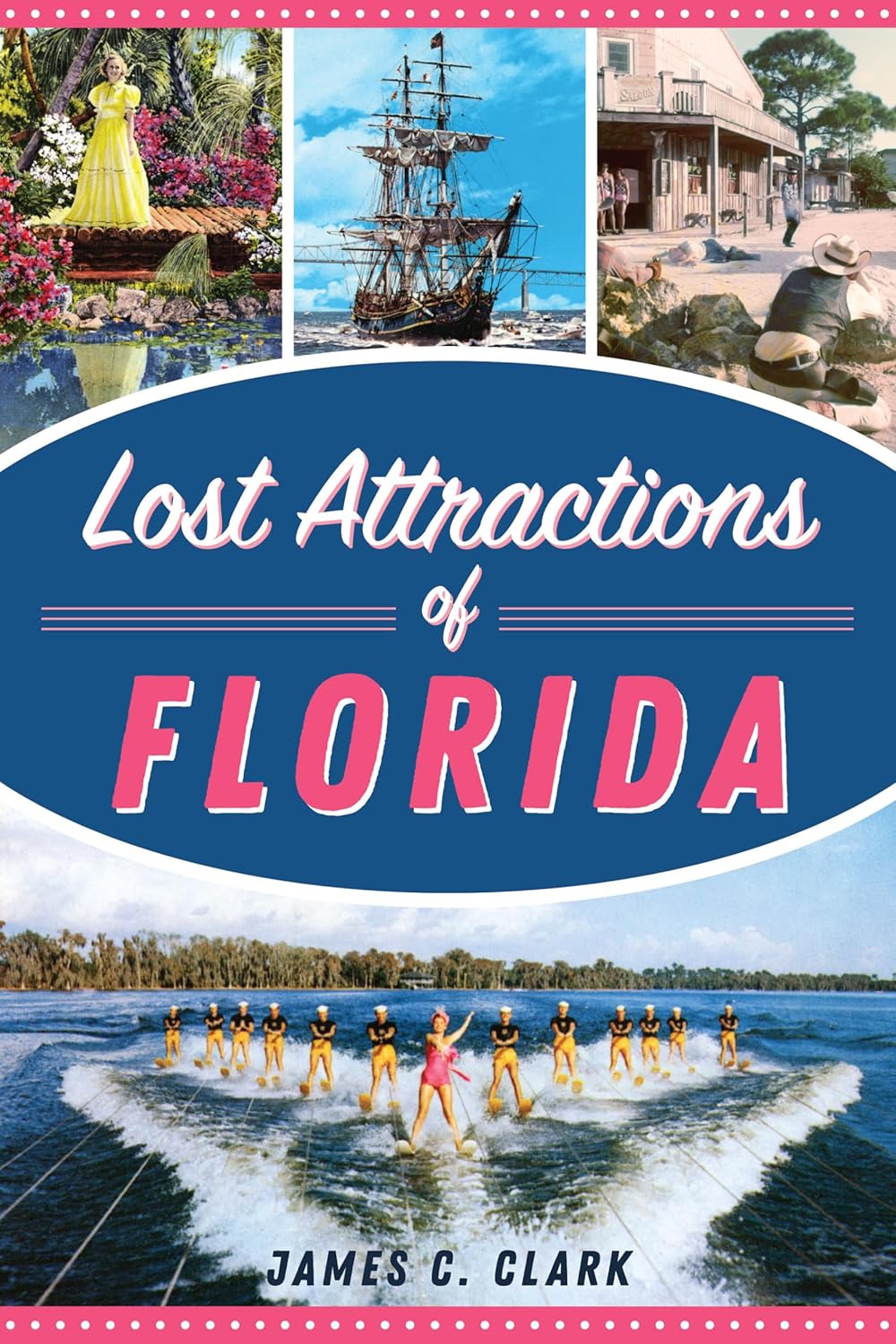
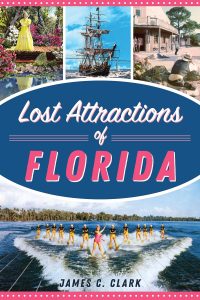 Clark, James C.
Clark, James C.

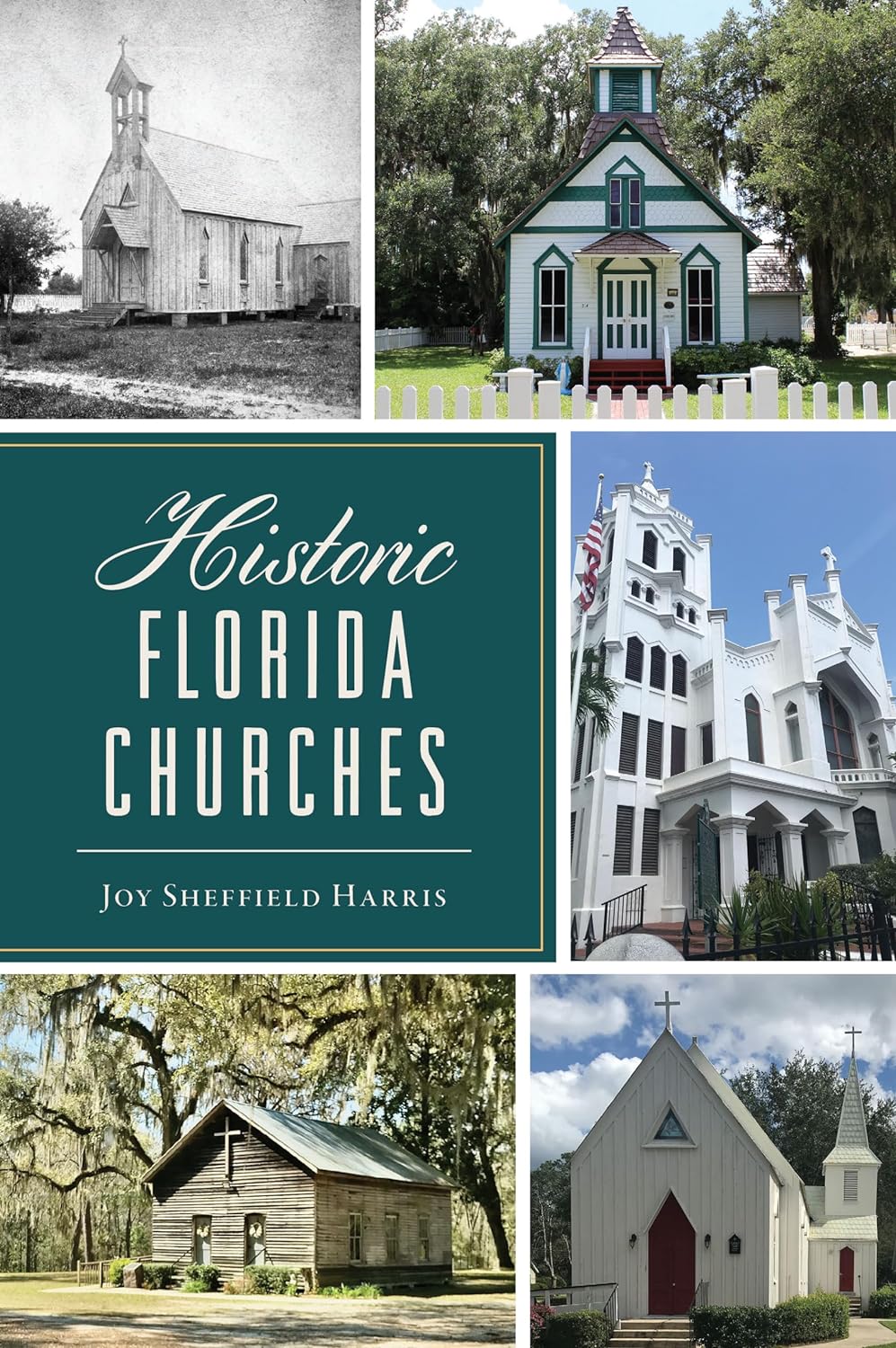

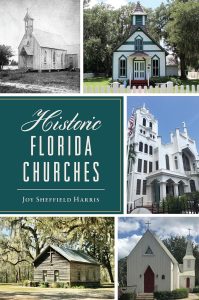

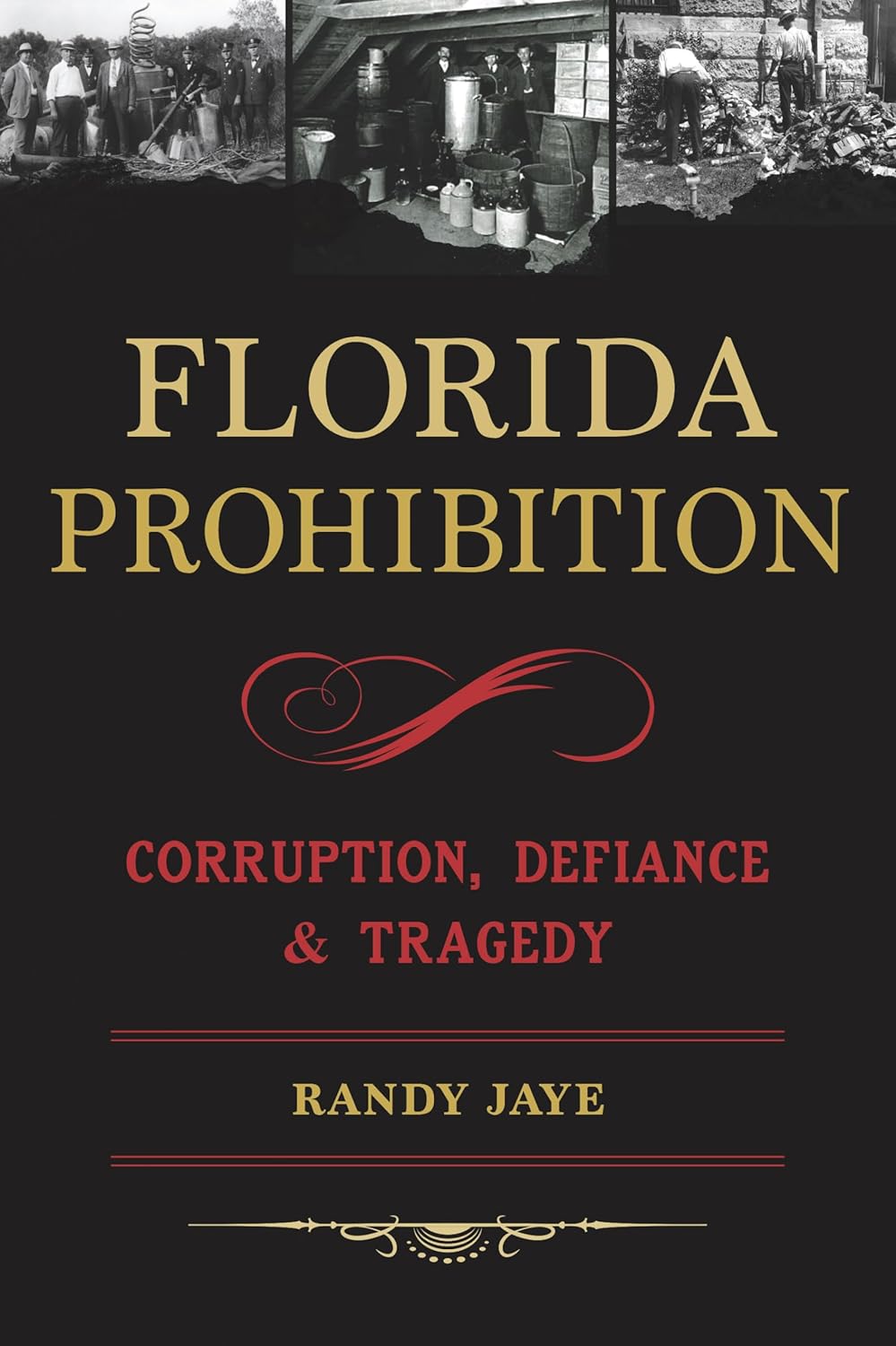
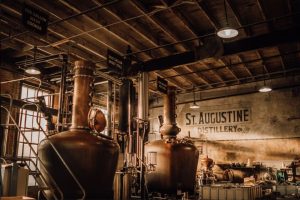
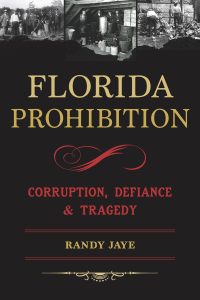 Prohibition is recognized as the most unpopular law in US history. It was so unpopular at the time that some Floridians weren’t all too keen on obeying it. Learn how it was instigated by small town Protestants who believed that newer immigrants living in big cities were immoral because of their emphatic use of alcohol. Prohibition bred corruption, defiance of the law, and hypocrisy as illegal bootlegging, moonshining and rum running replaced legitimate taxpaying industries.
Prohibition is recognized as the most unpopular law in US history. It was so unpopular at the time that some Floridians weren’t all too keen on obeying it. Learn how it was instigated by small town Protestants who believed that newer immigrants living in big cities were immoral because of their emphatic use of alcohol. Prohibition bred corruption, defiance of the law, and hypocrisy as illegal bootlegging, moonshining and rum running replaced legitimate taxpaying industries.
